Electro-Pop Origins: How to sound like Gary Numan
One of the first artists to bring synthesizers into Pop Music...
In 1977, Gary Numan’s band The Tubeway Army was playing shows at the height of the punk era in London. However, he wasn’t a fan of the violent audiences in the venues at the time, and musically he felt he had arrived at the party a little too late.
When he was about to record what would become the debut Tubeway Army album in 1978, Numan discovered a Minimoog at the studio. At this moment he was inspired to recreate his punk rock material as electronic songs and a new sound was born.
Although the album didn’t have chart success, it convinced Beggars Banquet, the label at the time, to reinvest. Along with his futuristic image portrayal, Gary Numan began to explore Sci-Fi themes in his lyrics, inspired by writers like Philip K. Dick.
It was during this period that he inadvertently produced cult classics like Down In The Park and two number-one hit singles including Are “Friends” Electric? and Cars.
The Gary Numan Sound
Of course, there may have been other bands using synthesizers at the time, but it was the well-executed combination of aesthetics that would, in turn, inspire bands like The Human League to bring more electronically driven sounds to the mainstream.
Let’s take a look at some of the core instruments that created the initial Tubeway Army sound and would later immortalize Gary Numan’s songs in the decades that followed.
Polymoog
If you haven’t heard of the Polymoog, it’s probably because it was overshadowed by polysynths like the Yamaha CS-80 and the Sequential Circuits Prophet 5 at the time. Its limited frequency divider architecture means that it doesn’t assign multiple oscillators to voices like other well-known analogue polyphonic synths.

However, the string synthesizer technology used by the Polymoog does allow 71-note polyphony. You can hear its warm expansive sound used extensively on Gary Numan’s Cars where it was used to create the atmospheric pads and anthemic string sounds that feature throughout the song.
You can create similar tones with most modern polysynths, and new instruments like the Arturia Minifreak have the capabilities to do so much more without paying vintage prices.
- The History of Moog

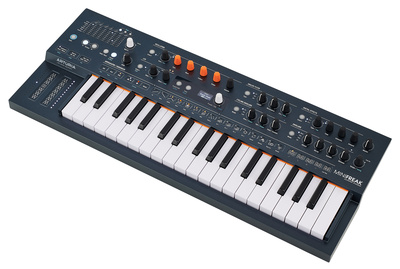
Minimoog Model D
The Minimoog Model D was first introduced in 1970 and is still revered today as one of the most impactful instruments in music history. Not only is it loved for the distinctive sound of its signature 24dB per octave low-pass filter, but the architecture and layout inspired a revolution in electronic musical instrument design.
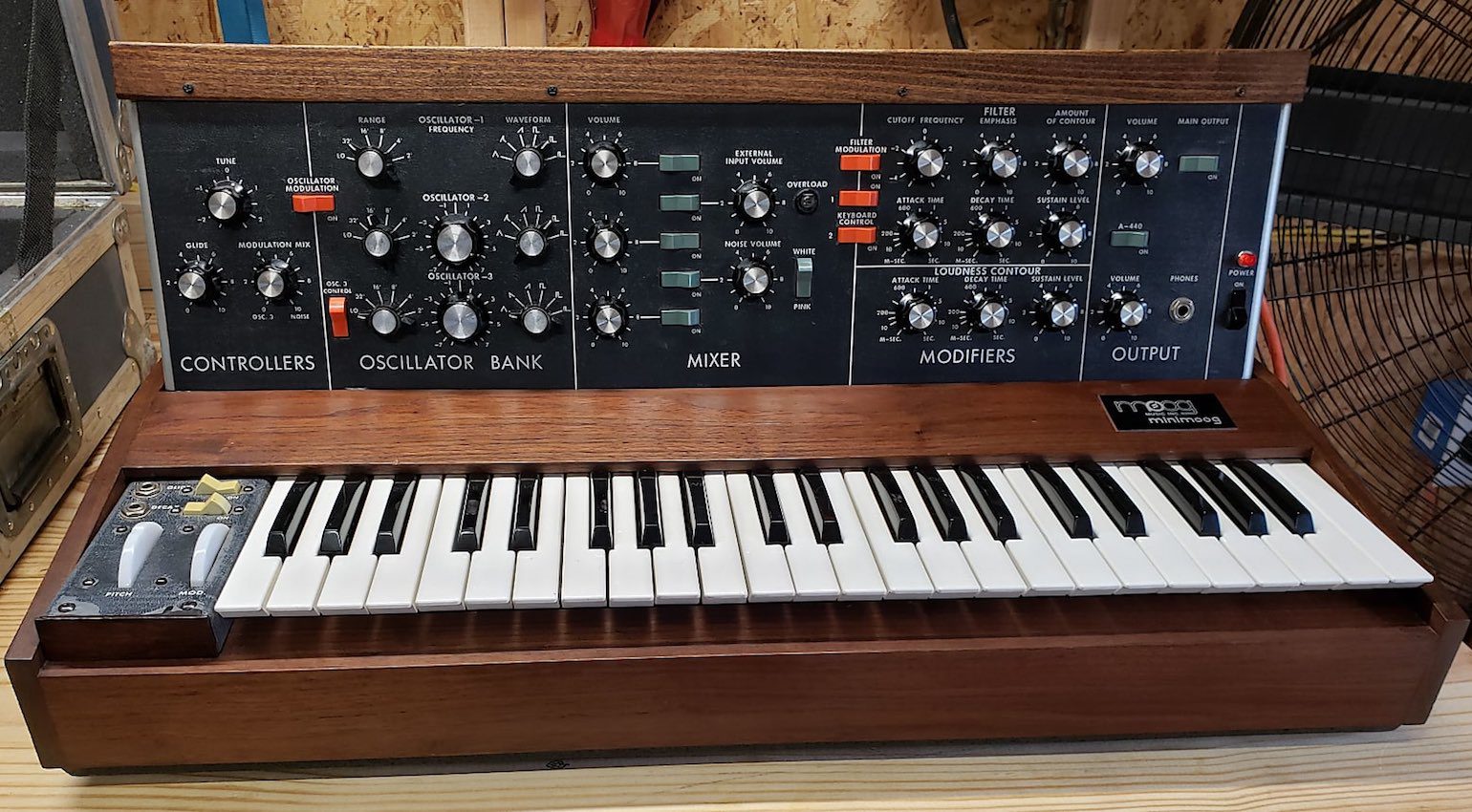
Rather than the intimidating modular systems that were available, the Minimoog gave musicians and non-musicians access to advanced synthesis parameters in a very intuitive way. It was this very thinking that inspired Gary Numan’s love for synthesizers, and he used the Minimoog for the famous lead melody on Are “Friends” Electric?
Although the Minimoog Model D is still in production, you can easily get similar sounds with the far more affordable clone from Behringer.
- More from Moog

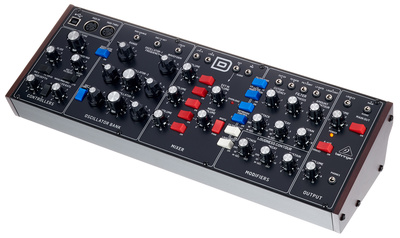
ARP Odyssey
ARP responded to the Minimoog with their own user-friendly compact synthesizer in the form of the Odyssey in 1972. Although very basic looking, it’s still very warm and pleasing to the ear and can still produce a wide range of sounds.

The early Odyssey models made use of a 2-pole VCF similar to those found on Oberheim synths. In addition, this two-oscillator synth has duophonic capability, which makes it slightly more versatile.
Another unique feature worth noting is the pitch-bend feature on these early Odysseys was controlled with a knob. You can hear this synth in action on Are “Friends” Electric? where it’s used to create the intermittent syren-like pitch gliding lead.
The Behringer version is capable of producing similar sounds while providing the same overall playing experience.
- The History of ARP

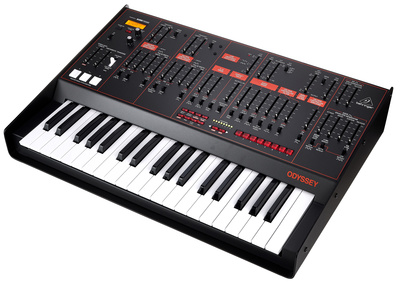

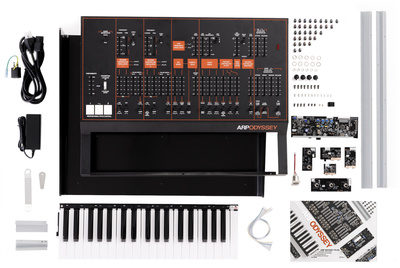
Roland CR-78
The dusty-sounding CR-78 was Gary Numan’s first drum machine. It’s an analogue drum machine, which means each of the sounds is created via analogue oscillators and offers limited programmability with its endearing preset rhythm patterns.
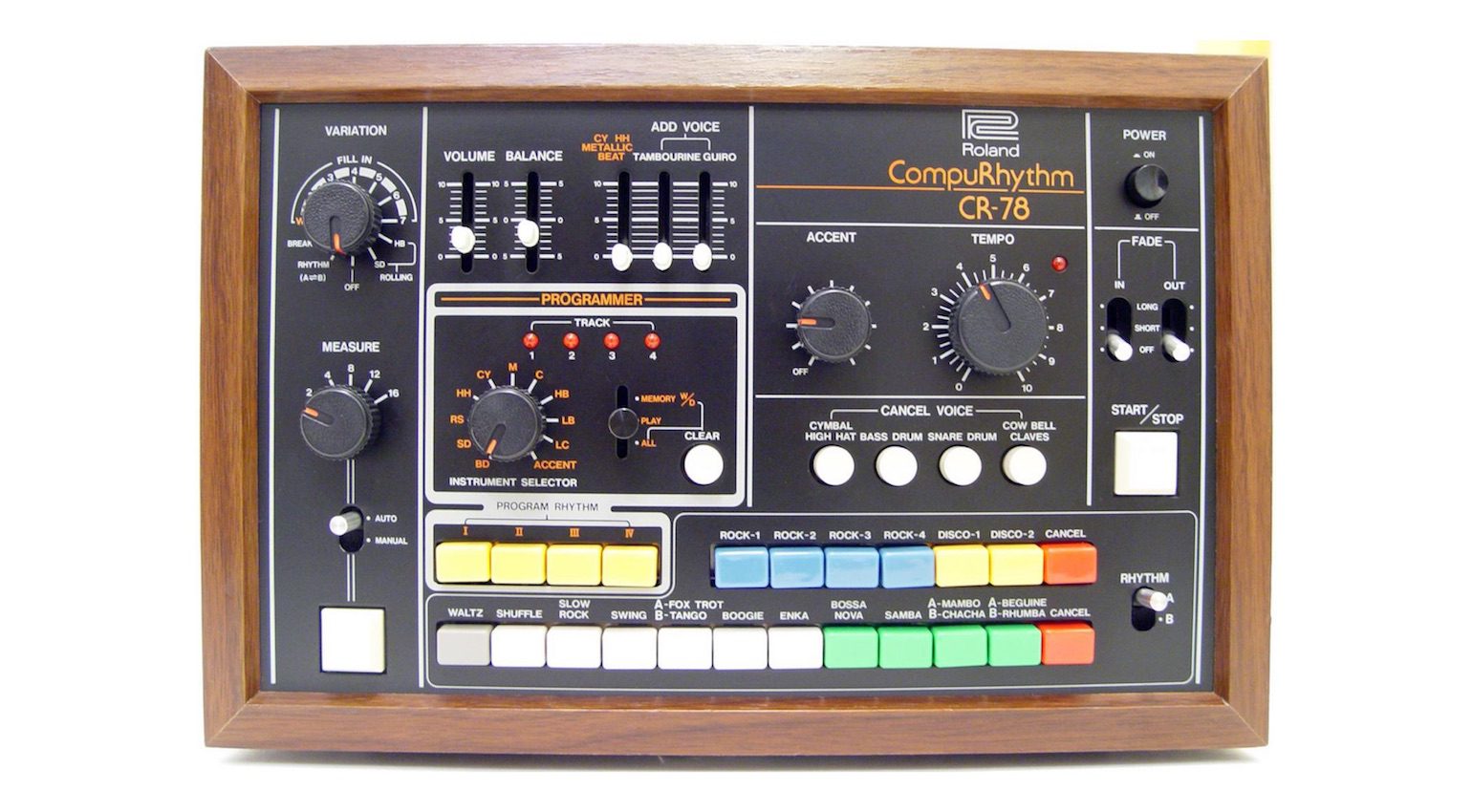
Although it’s not really known for thumping drum hits, it’s still been used on well-known tracks like In The Air Tonight by Phil Collins, Heart Of Glass by Blondie, OMD’s Enola Gay, and Soft Cell’s famous Tainted Love cover.
You can hear it distinctly on The Aircrash Bureau from Gary Numan’s second studio album Telekon (1980). Here, the electronic güiro pattern created by the CR-78 provides a steady pulse for the track.
If you’re still after this sound, the TT-78 Beat Bot has a similar tone and offers far more programmability.

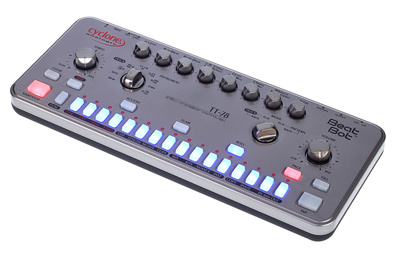
Boss CE-1 Chorus Ensemble
Despite Gary Numan’s affinity for all things electronic, he insisted on live drums, bass, and guitars as the initial foundation of the music. Not only did this give the music a unique feel, but it also made it translate well when performed live.
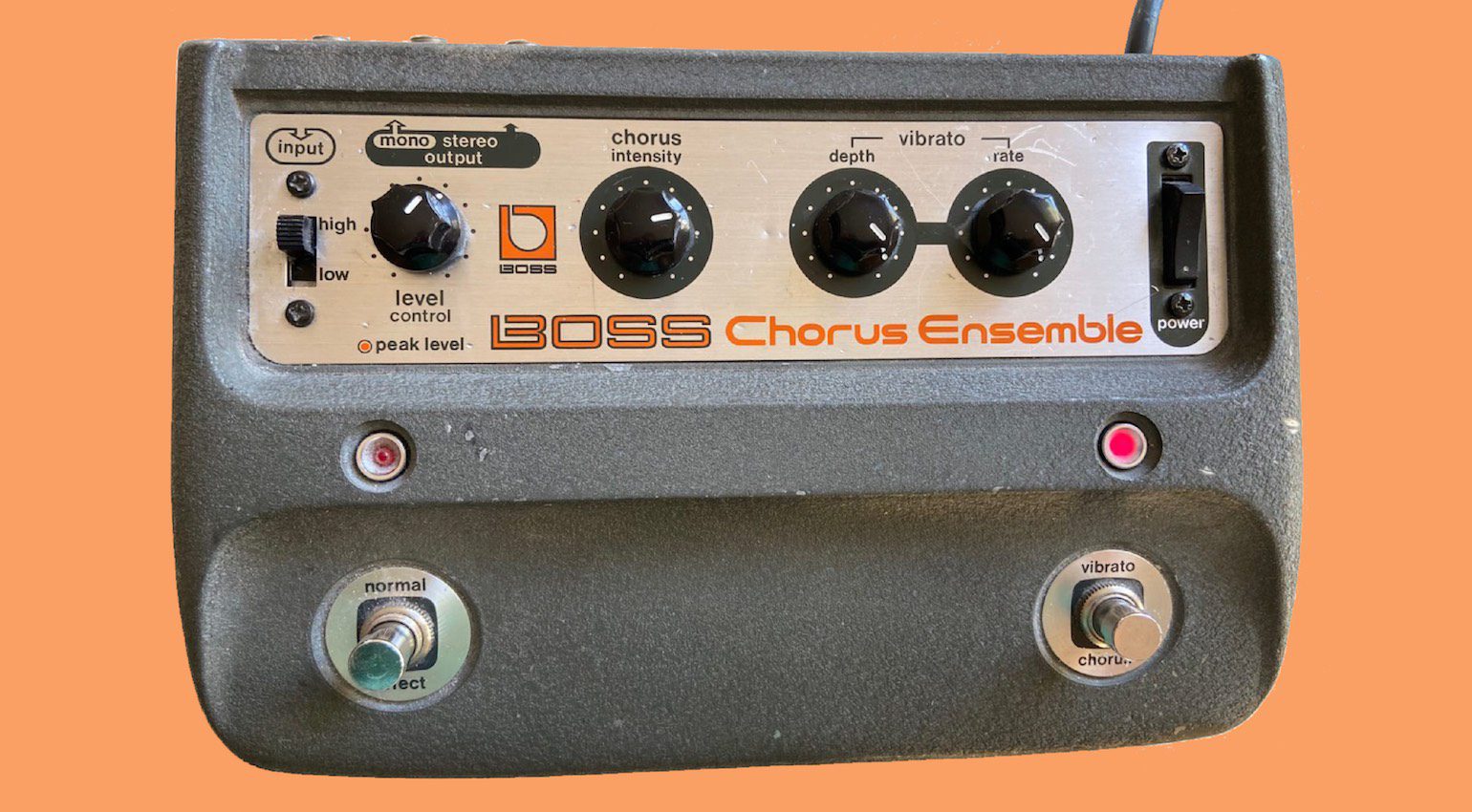
With the Gibson Les Paul and Fender P-Bass used on the early material, you can hear a phaser effect, as well as the distinctive-sounding Boss CE-1 Chorus Ensemble pedal which was used on the bass.
This was in fact the very first Boss pedal ever released back in 1976. It was a Bucket Brigade driven pedal with independent chorus and vibrato effects that provides a warm, analogue tone.
The CE-1 might be hard to find at a reasonable price, but the modern CE-5 can still produce great chorus sounds.
- More from Boss

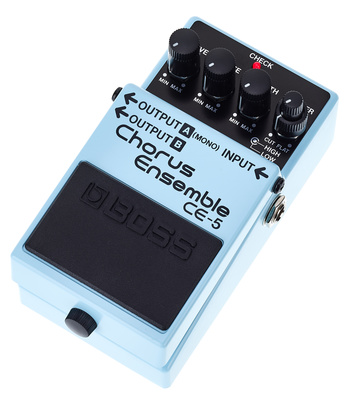
Which of your favourite artists would you like to see in our Sound-alike series? Please let us know in the comments below!
More about Gary Numan:
- Gary Numan official page
- More sound-alikes
- Everything vintage
Videos:
*Note: This article contains promotional links that help us fund our site. Don’t worry: the price for you always stays the same! We will receive a small commission if you buy something through these links. We appreciate your support!
2 responses to “Electro-Pop Origins: How to sound like Gary Numan”
 4,5 / 5,0 |
4,5 / 5,0 | 


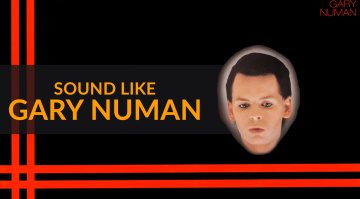

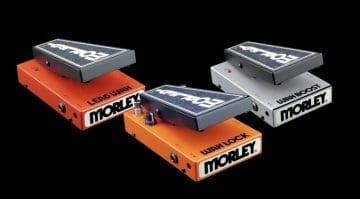


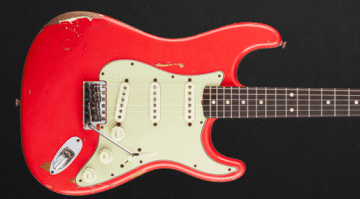

Its sound is also good.
I didn’t have any expectations concerning that title, but the more I was astonished. The author did a great job. I spent a few minutes reading and checking the facts. Everything is very clear and understandable. I like posts that fill in your knowledge gaps. This one is of the sort.